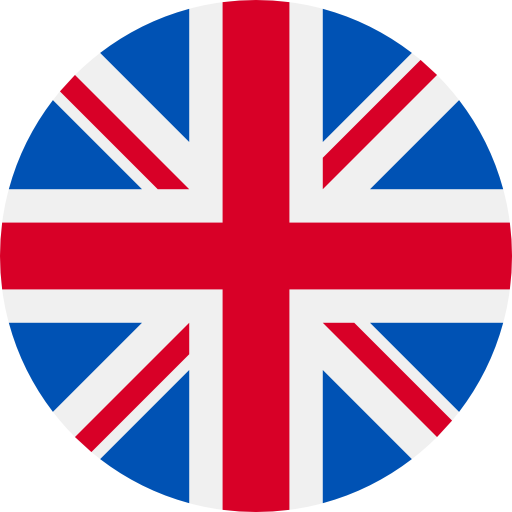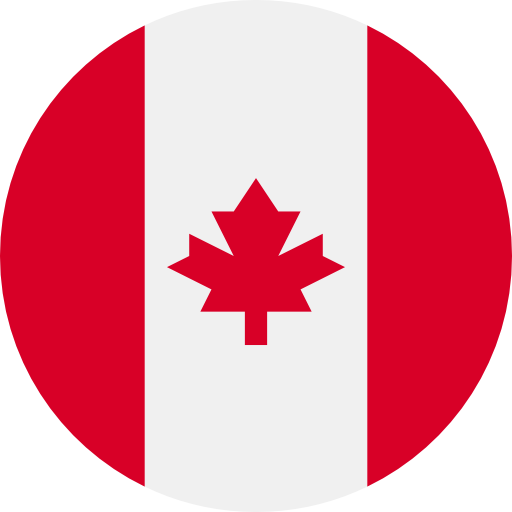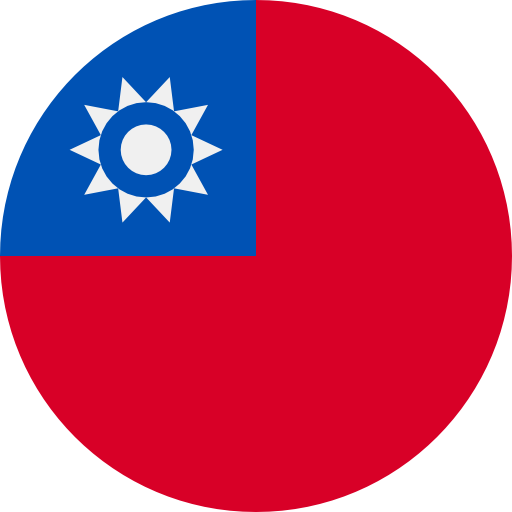Reports
Update on Control of Excessive Scarring and Keloids
Presented by: Brian Berman, MD, PhD, FAADCenter for Clinical and Cosmetic Research & University of Miami School of Medicine
Miami, FL, USA
- Superficial radiation therapy (SRT) and medication can effectively reduce the risk of keloid recurrence after excision.
- Several new advances are available in laser therapy for the treatment of scars.
New and emerging therapies for the control of excessive scarring and keloids are available for clinicians to aid their patients in achieving improved outcomes. To reduce the risk of keloid relapse or recurrence after excision, imiquimod topical has proven effective, as has SRT. Laser treatments and botulinum toxin A show efficacy in the treatment of scars, among other promising therapies.
New Consensus Guidelines on the Use of Superficial Radiation Therapy for Treating Nonmelanoma Skin Cancers and Keloids indicate that:
- Post-surgical treatment of keloid excision suture lines with SRT significantly reduces keloid recurrence rates.
- Fractionation of the SRT dose reduces the risk of hyperpigmentation and other adverse events.
- There is little evidence that exposing keloid or surrounding healthy skin to SRT at such dosing causes skin cancer [1].
Post-Excision Keloid Recurrence
A. Imiquimod
- Imiquimod is used for the prevention of post-surgical keloid relapse.
- Two studies of this therapy have demonstrated a low keloid recurrence rate after treatment of keloid excision site with imiquimod 5% cream. Immediately after keloid excision, imiquimod was applied OD for 2 months, with evaluation for recurrence conducted at 6 months. One study of 15 patients demonstrated a 6% recurrence rate, while another study of 11 patients demonstrated 0% recurrence [2,3].
- Further research demonstrated a 15% relapse in ear keloids at 1 year; a 20% relapse at 5 years; adverse effects of hyperpigmentation in 26% of 9 surgical sites in skin types IV and V; and adverse effects of a burning sensation that required temporary suspension of imiquimod treatment in 12% of patients [4].
B. SRT
- In one study examining post keloidectomy radiation, 297 keloids were surgically completely excised. Starting on post-operative day 1, the suture closure line, with a 5 mm margin, received a biological effective dose (BED) 30 of SRT 70 or 100 kV. The rate of keloid recurrence was 3.0% [5].
- Another study consisting of a retrospective records review found a 10% recurrence rate at 12 months, with higher rates of recurrence for keloids on the chest, or keloids that had previously recurred [6].
Pulsed-Dye and Fractional Lasers for Scarring
- Pulsed-Dye and Fractional Lasers has demonstrated efficacy in the treatment of scars [7].
CO2 Laser Ablative Fractional Resurfacing (AFR) & Topical TAC
- In a study of 15 patients with hypertrophic scars, 3-5 fractional ablative CO2 laser treatments were administered at 2-3 month intervals, with immediate postoperative topical application of triamcinolone acetonide suspension at 10 or 20 mg/ml.
- Results indicated that 11/15 patients attained highest overall improvement of 3.0; most improvement was in texture, and the least was in dyschromia [8].
Keloid Erbium Laser AFR & Topical TAC
- In a retrospective study, 23 patients with 70 keloids, were treated with ablative fractional erbium laser QOW and topical betamethasone cream BID under occlusion.
- Results demonstrated a median improvement of 50%, with none completely improved, and with ear and neck keloids responding the least [9].
- In an intra-patient study, 14 patients received botulinum toxin type A (BotA) injections randomly to half of their facial surgical scars, with the other half treated with 0.9% saline.
- The mean amount of botulinum toxin injected per scar was 33.7 U, and the mean length of scar was 6.74 cm.
- The Vancouver Scar Scale height score at 6 months was significantly lower at 0.47 for the BotA treated part of the scar compared with 0.76 for the untreated half; and also significantly narrower at 0.32 compared with 0.43 for the untreated scar segment.
- The mean visual analogue scale (VAS) score was significantly better at 5.76 for the BotA-treated part of the scar compared with 4.97 for the control side.
- There were no significant treatment differences in pigmentation or vascularity [10].
- Post-sternotomy keloids recalcitrant to surgery and corticosteroids were treated OD for 2 consecutive days with 0.05% ingenol mebutate gel.
- The local skin reactions composite score was 14/24 on day 10, with keloidal lesions flattened by day 30. There was no recurrence at 1 year [11].
- Researchers studied the effect of adapalene 0.3% and benzoyl peroxide 2.5% gel on the risk of atrophic acne scar formation in moderate to severe acne, in a randomized, investigator-blinded, vehicle-controlled multi-center, intra-individual comparison 24-week study.
- Results indicated that the combination topical therapy including adapalene and benzoyl peroxide prevented and reduced atrophic scar formation compared to vehicle, whereas scar count increased with vehicle alone [12].
- Control of pro-fibrotic gene expression/translation.
- Anti-sense oligonucleotide directed against connective tissue growth factor (CTGF).
- Hybrid antisense and interfering RNA against CTGF.
- Mimic micro-RNA29 which is reduced in fibrotic disorders.
Key Messages/Clinical Perspectives
- Combination treatment approaches should be considered to optimize patient outcomes.
- Excision, lasers, radiation, topical and systemic medications can complement each other to treat scars and keloids, and to prevent recurrences.
REFERENCES
Presenter disclosure(s): The presenter has reported relationships with the following companies: Aclaris Therapeutics, Inc.; Actavis.
Written by: Daniel Bennett, MPH
Reviewed by: Martina Lambertini, MD
CONFERENCE SUMMARIES

Welcome to the Highlights from AAD 2019
Prof. Nellie Konnikov, MD, FAADWe are pleased to present highlights from the 2019 Annual Meeting of the American Academy of Dermatology (AAD). Our meeting was held from March 1 to March 5, 2019 in Washington, DC. The AAD conference … [ Read all ]

 amèrica latina
amèrica latina Canada EN
Canada EN Canada FR
Canada FR Deutschland
Deutschland italiano
italiano português
português Taiwan
Taiwan